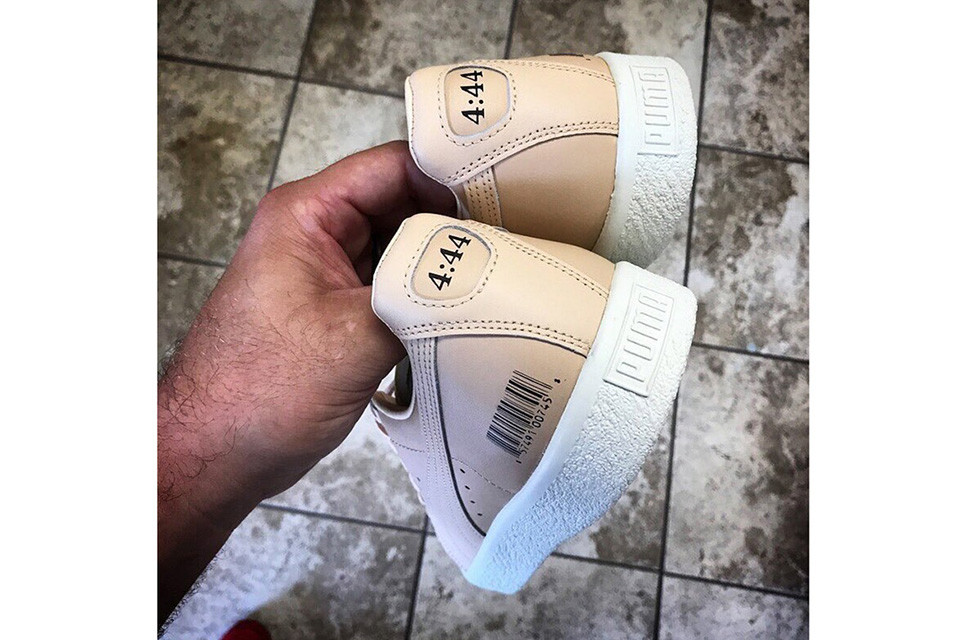
Recently hip-hop artist and fashion designer Kanye West re-emerged on Twitter. The outspoken rapper has remained quiet on social media for almost one year until now. Many have known West to have temper tantrums, be outspoken and stir headlines. His latest press have alienated his public perception more than ever after praising US President Donald Trump in his tweets. While many predict he is on the verge of a major breakdown, here are three reasons why I think Kanye is in promotion mode.
He is an artist
Mr. West’s body of work cannot be overlooked. He is a 21-time Grammy award winner and has provided countless hit songs and albums as a producer and an artist himself. His artistry branched off into the world of fashion with his Yeezy line, including his partnership with adidas, who helped the three stripes brand over take Jordan Brand as the number 2 shoe company in the United States. As an artist, he expresses his thoughts in music and his visuals through his clothing. With Twitter, he’s using the platform to create a dialogue and engaging others whether his opinion is popular or not.
He is creating a buzz for his new album
Kanye was not happy with the album sales of his 2016 effort, The Life of Pablo. A lot of it stems from the album being only exclusive to TIDAL. He has since had a falling out with the JAY-Z owned streaming service, which many claimed hurt his bottom line sales in term of availability to the rest of the Spotify’s and Apple’s of the music industry. So what better way for people to get Kanye talking about him and his music through Twitter? While his thoughts are free speech, what he’s really doing is to help build a promotional vehicle for his upcoming album Love Everyone, which is scheduled for a June 1st release.
— KANYE WEST (@kanyewest) April 26, 2018
Not even John Legend can stop Kanye.
He likes to feed his own ego
Nobody loves Kanye West more than himself. He is a confident personality and is looking for approval. What we know about ‘Ye is that he is a creator, a producer and designer by trade. He believes in his own ideas so much, that he’s willing to defend them no matter how controversial they may be. Even his own close friends disapprove of his alliance with Donald Trump, but he wants people to express their opinion just like he has. It’s ok to agree to disagree with Kanye West. He has built a career on sheer talent. And while his artistry cannot be questioned, he accepts that his own antics are always met with bi-polar results.
End Point
People tend to jump to conclusions and question why people do what they do. What are they motivated by? What causes them to react and behave the way they do? Kanye West is no different. Even if he never released any more music, he’ll be considered as one of the greatest music artists of all time. Despite his current climate of controversy, Kanye is going to be Kanye. You can consume all the hype that makes him who he is…you can continue to buy into all the crazy stuff that he tweets. Or you can see the bigger picture. He’s here to create anticipation for his next album. He is releasing product in his own way and is ok to trip and fall regardless of public perception. A free thinker will take chances despite what others say because its their path and its their story to tell. This is the life of Kanye.
Kanye West / Charlamagne Tha God interview (05-01-18)







